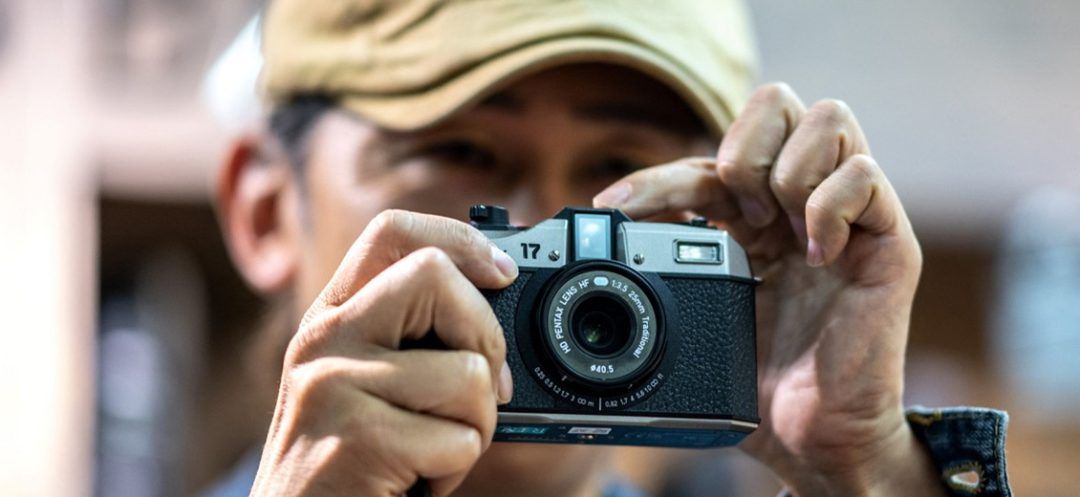
Defying the digital era’s supremacy, film photography is experiencing an unforeseen revival, compelling even the renowned Japanese manufacturer Pentax to introduce a new model after a 21-year hiatus.
In a world where smartphones have made photography ubiquitous and instantaneous, a surprising trend is emerging: the return of film photography. This technique, which seemed destined to vanish with the advent of digital, is now attracting a new generation in search of authenticity and creativity.
In Japan, home to many photography giants, this renewed interest is particularly striking. Keita Suzuki, a guide for film photography enthusiasts in Kamakura, observes a growing passion among young people for 35 mm film. “They want to experience what is at the heart of taking a photo: winding the film, looking through the viewfinder, and pressing the shutter,” he explains.
Beyond the technical aspect, film photography imposes a different approach. With a limited number of exposures, each shot requires thought and intention. Yuriko Yamada, a participant in a photo walk, appreciates the “process” and the “soft colors” unique to film, which give her “a sense of nostalgia.”
In response to this growing demand, Japanese manufacturers, who had abandoned film photography in the 2000s, are making strategic pivots. Pentax launched its first film model in 21 years, the Pentax 17, last June. Designed for half-frame, it doubles the number of exposures on a 24-frame roll. The success was immediate, exceeding the expectations of Ricoh Imaging Company.
But reviving this technology has not been without challenges. Engineers had to rely on old plans, sometimes on paper, and consult retired colleagues to rediscover forgotten tricks. “We groped our way through,” admits Takeo Suzuki, designer of the Pentax 17, “but we gradually resurrected the old technology.”
Fujifilm is also riding this nostalgic wave with its Instax, an instant camera launched in 1998. After struggling for years, sales have picked up, buoyed by an expanded range that appeals to a diverse audience.
Specialty retailers, like Yoshinobu Ishikawa of Popeye Camera in Tokyo, are adapting to this new clientele. Gone are the days of male-dominated, intimidating technical discussions; now, they offer playful accessories and personalized development services to attract young people.
This renaissance of film photography reflects a quest for authenticity and a slower pace of life in a hyperconnected and instantaneous society. By imposing a certain slowness and a more intimate relationship with the image, this vintage technique offers a unique photographic experience.
So, is this just a passing fad or a lasting trend? While technical and logistical challenges remain, the current enthusiasm shows that film photography has a bright future ahead. Between nostalgia and creativity, it carves out its own path, complementing digital photography, and captivating a generation in search of meaning and uniqueness.
With AFP
Read more



Comments